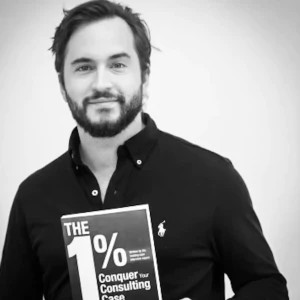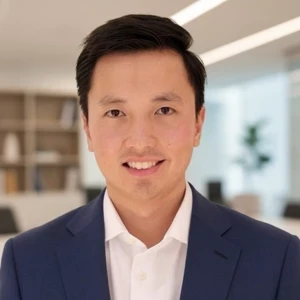Hello all,
I have a question regarding the approach for a market entry case.
In Marc Cosentino's book “Case in Point” it is advised to first analyze the company and the market it is in before analyzing the new market in order to look at the new market through the eyes of the company.
After reading some cases and watching some videos on PrepLounge, I notice it is often not done in the beginning.
Is there a “correct” way to do this?
Thank you in advance.
Best regards,
Mats












